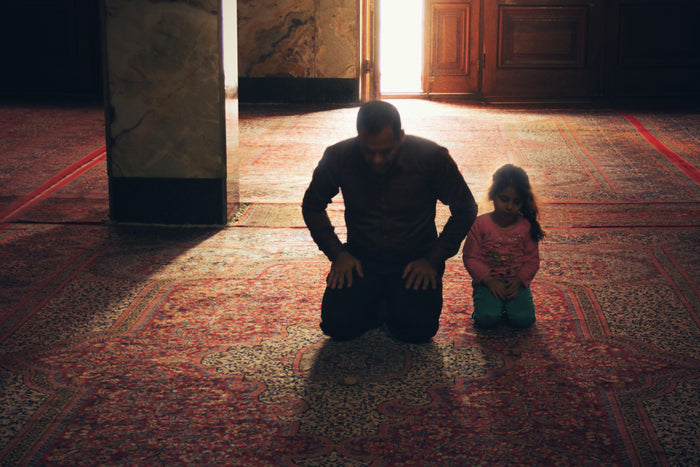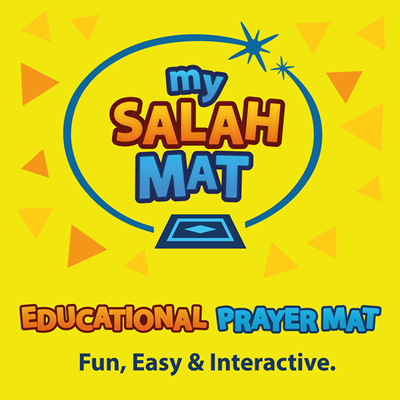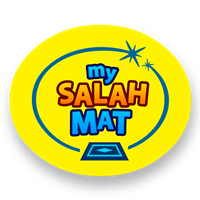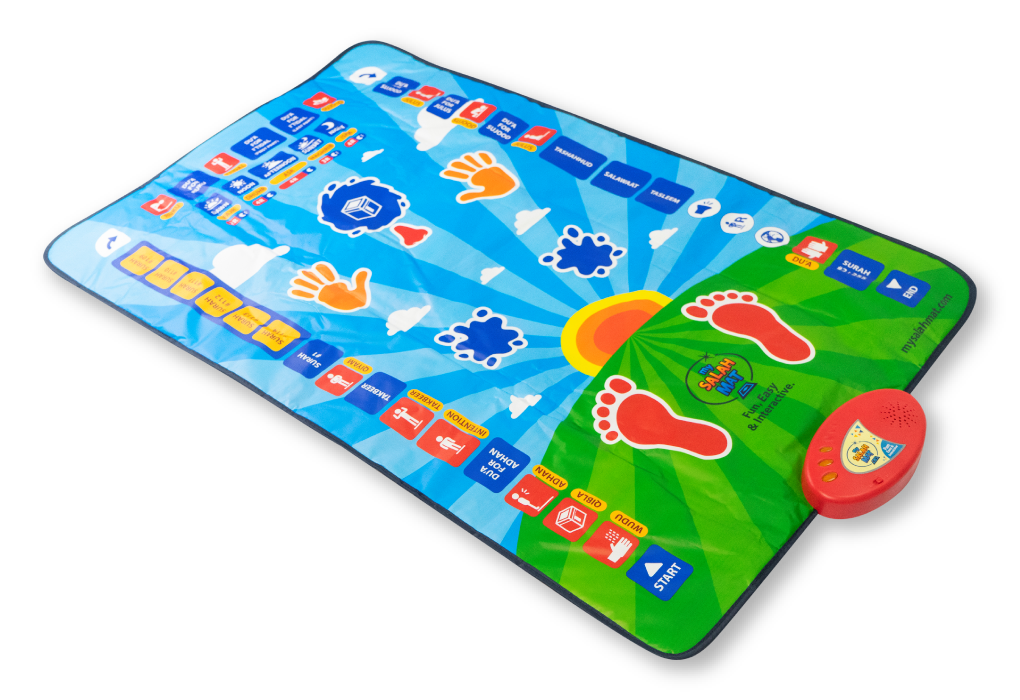The History and Use of the Prayer Mat

The use of a prayer mat started with Prophet Mohammed PBUH who would often pray on a mat made out of palm fronds called a ‘khumrah’ to ensure that the place where he was praying was clean. While it is not compulsory to use a prayer mat, as Prophet Mohammed (SAWS) said: “The entire earth has been made a place of prayer, except for graveyards and washrooms” (Al-Tirmidhi), they have become increasingly popular over the years for a number of reasons. The main reason is that they ensure that the place for prayer is clean, as this is an essential requirement for the prayer to be accepted. For this reason, Muslim travelers from the time of Prophet Mohammed and throughout the centuries would carry a prayer mat, starting with the simple design of the khumrah. In addition, the use and design of prayer mats has developed over the centuries as a way of consolidating Muslims’ identity and for practical and aesthetic purposes, as described below. It is also important to note that the five daily prayers are a form of worship and that Muslims can pray and call on God (Allah) any time they wish, which is known as making dua.

Carpet weaving is an ancient tradition, and Islamic culture transformed it into an art form. For example, it is common for tourists to want purchase carpets when visiting Muslim countries such as Turkey, Morocco or northern India. The Muslim prayer mat is known as sajjadat aṣ-ṣalat in Arabic, namazlik in Turkish, and janamaz in Urdu and Persian. During the Ottoman and Mughal dynasties, carpets were traded and were sometimes so intricate that they were used as wall decorations rather than mats. Turkish rugs became a sign of wealth and the most valuable designs would be seen as collectible items and given as gifts to visiting nobles. Prayer mats have traditionally been made from wool or cotton and silk, and their cost varies greatly, but antique Turkish rugs continue to hold a great deal of value.
A traditional Turkish carpet making co-op near Ephesus, Turkey [All creds to curiouslizard]
Prayer mats are often mass produced nowadays, but in the past the patterns and materials used would vary according to the traditions of the region and the weavers that made them. Some examples of the patterns used are the Kaba in Makkah, which is a reminder for of the direction in which they are praying, which is always towards the Kaba, known as the direction of the qibla (the prayer mat is typically set down in the direction of the qibla and rolled up and put away once the prayer has been performed). Calligraphy has a rich Islamic tradition, based on various ways of writing the Arabic letters of the Quran. While it is not permitted to write Quran on prayer mats made to go on the floor, calligraphy patterns and geometric designs are popular choices. A typical Islamic prayer mat ranges from 0.75 to 1.2 meters wide and 1.2 to 1.8 meters long.

Photo by Ramin labisheh on Unsplash
For prayer mats specifically, as opposed to rugs designed as wall decorations, the design typically includes a type of archway design (mihrab), with the pointed top of the arch placed to face towards Makkah. In this way, the person knows that they are always placing their head in the same place, and not putting their forehead where anyone’s feet have been. A prayer mat is usually a staple of the Muslim home and most certainly provided to guests when they need to pray. While there are a wide range of designs, and some Muslims prefer a simple, natural mat that emulates the one used by Prophet Mohammed (SAWS). Others prefer a plain mat without any intricate designs so that they are not distracted by any patterns while praying, while others enjoy the intricate designs and Islamic illustrations on some prayer mats as a reminder of their religion. Nowadays, many people are choosing designs that fit in with their home decor, such as floral patterns or more muted, neutral shades. What all of these prayer mats have in common is the absence of any images of living or mystical creatures, as such imagery is generally not allowed in Islam.
Nowadays, we can find some modern twists on the prayer mat. For example, some prayer mats have a compass on the front to make it easy to find the direction of the qibla, as this varies depending on where in the world you are; for example it is towards the south east from the UK. In addition, prayer mats with a layer of memory foam can now be purchased, which make it easier on the worshipper’s knees and more comfortable for sitting.
There are also mats with non-slip backing to make them extra safe on tiled floors. The My Salah Mat may be seen as the latest development in prayer mats.
Over the years the prayer mat has developed to meet the needs of the Muslim community, and My Salat Mat is ideal for the modern age of technology. With its interactive design and teaching and learning concept, My Salat Mat has taken the concept of the prayer mat to another new level and we hope that Muslims will find it useful as a tool for supporting their children in their love of Allah and this beautiful religion of ours.















 Liquid error (snippets/@AlternatingContentX line 127): Could not find asset snippets/CustomTexts-.liquid
Liquid error (snippets/@AlternatingContentX line 127): Could not find asset snippets/CustomTexts-.liquid